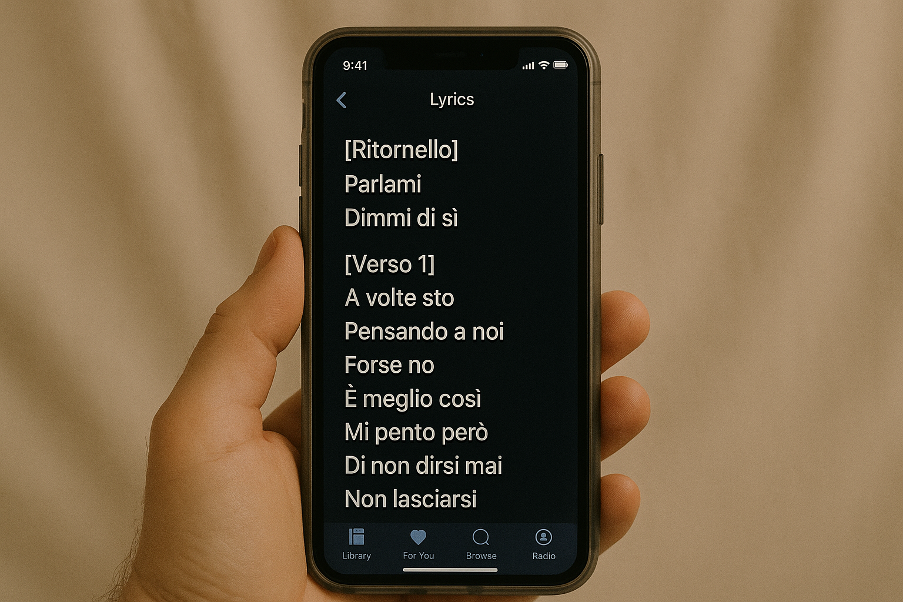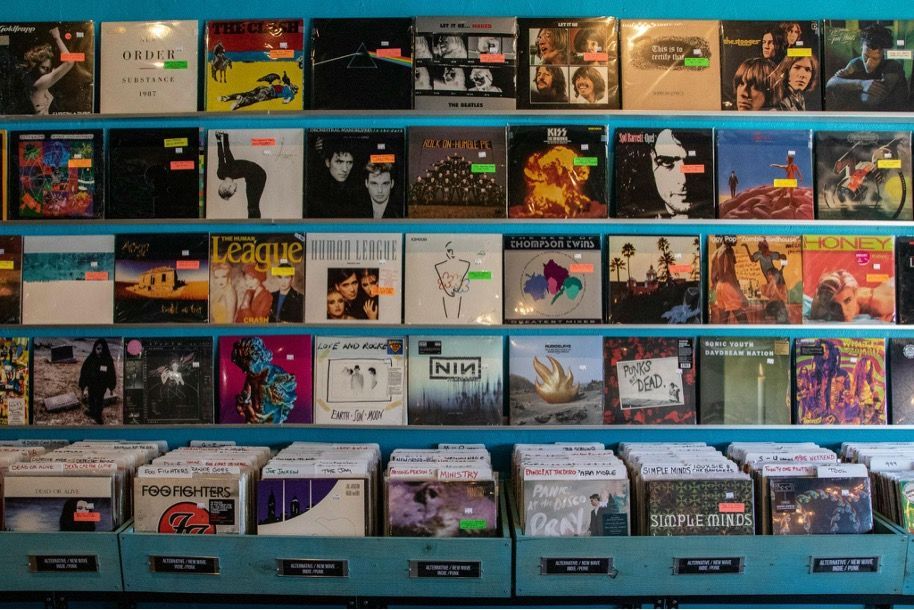Learning a Language Through Music: How to Pick Your First 5 Songs
written by: Krystof-Sandor Harfst
Table of Content

Summary: Read this first if you’re in a hurry
- Songs are short, repetitive, and emotionally sticky. They work perfectly as spaced-repetition tools.
- Start with five tracks that balance clear vocals, everyday vocabulary, and personal enjoyment.
- Apply a three-pass listening routine (passive, guided, active) for each song.
- Shadow the lyrics aloud to improve pronunciation and rhythm.
- Rotate new songs in every two weeks to keep your playlist fresh and challenging.
Why Music Supercharges Language Learning
Neuroscience shows that melody activates memory pathways, helping you retain unfamiliar words more easily. Seasoned polyglots agree. As language blogger Simon Ager puts it, “Learning songs in other languages is a good way to improve your listening, pronunciation, vocabulary and grammar.”
Music also:
● Provides authentic, colloquial language in context
● Trains your ear to native pace and prosody
● Makes practice feel like leisure, boosting motivation on low-energy days
Criteria for Your First Five Songs

| Criterion | Why it matters | Quick check |
|---|---|---|
| Clear vocals & limited studio effects | Lets you isolate words without fighting reverb or autotune | Search "acoustic" or "live studio session" versions |
| Everyday vocabulary | High-frequency words give faster conversational pay-off | Scan the lyrics for pronouns, common verbs, filler words |
| Moderate tempo (around 90 to 120 BPM) | Slow enough to follow, fast enough to feel natural | Tap along. If you can hum and read simultaneously, the tempo works |
| Emotional connection | You’ll replay what you love. Repetition is half the battle | Choose genres you already enjoy in your native language |
| Legally available lyrics | Saves time hunting for transcripts | Check the artist’s YouTube description or Genius.com |
A Simple Five-Step Song-Picking Method
- Brainstorm 10 to 15 tracks in your target language that you already like or that friends recommend.
- Pre-screen with the criteria above. Keep only the songs that tick at least 3 boxes.
- Look up the lyrics and run a quick word-count. Aim for 120 to 250 words—long enough to learn, short enough to digest.
- Check cultural references you don’t understand (slang, idioms). If half the lines rely on unexplained puns, save it for later.
- Lock in your final five and create a dedicated playlist called "Week 1 Language Tunes."
Example “Starter Playlist” Blueprint

Feel free to swap in equivalents for your language:
- A mellow love ballad (clear vowels, present-tense verbs)
- A children’s folk song (simple sentence structures)
- A recent chart hit (slang and up-to-date expressions)
- A classic anthem everyone knows (community sing-along potential)
- An acoustic cover of an English song you know well (built-in comprehension boost)
How to Work Each Song

- Passive pass – play it in the background while commuting. No lyric sheet yet.
- Guided pass – read the lyrics as you listen; highlight unknown words.
- Active pass – shadow aloud line by line, then sing without looking.
Pro tip: import lyrics into a free app like LyricsTraining for built-in cloze exercises, or record yourself on your phone and compare timing with the original track.
Ready to Level Up?
Once you’ve rotated through several five-song sets, you’ll notice sharper listening skills and quicker recall of everyday phrases. To reinforce that progress with structured speaking practice, explore the live online courses at Berlitz. Their instructors can help turn your new vocabulary into confident conversation.
Share this article!





